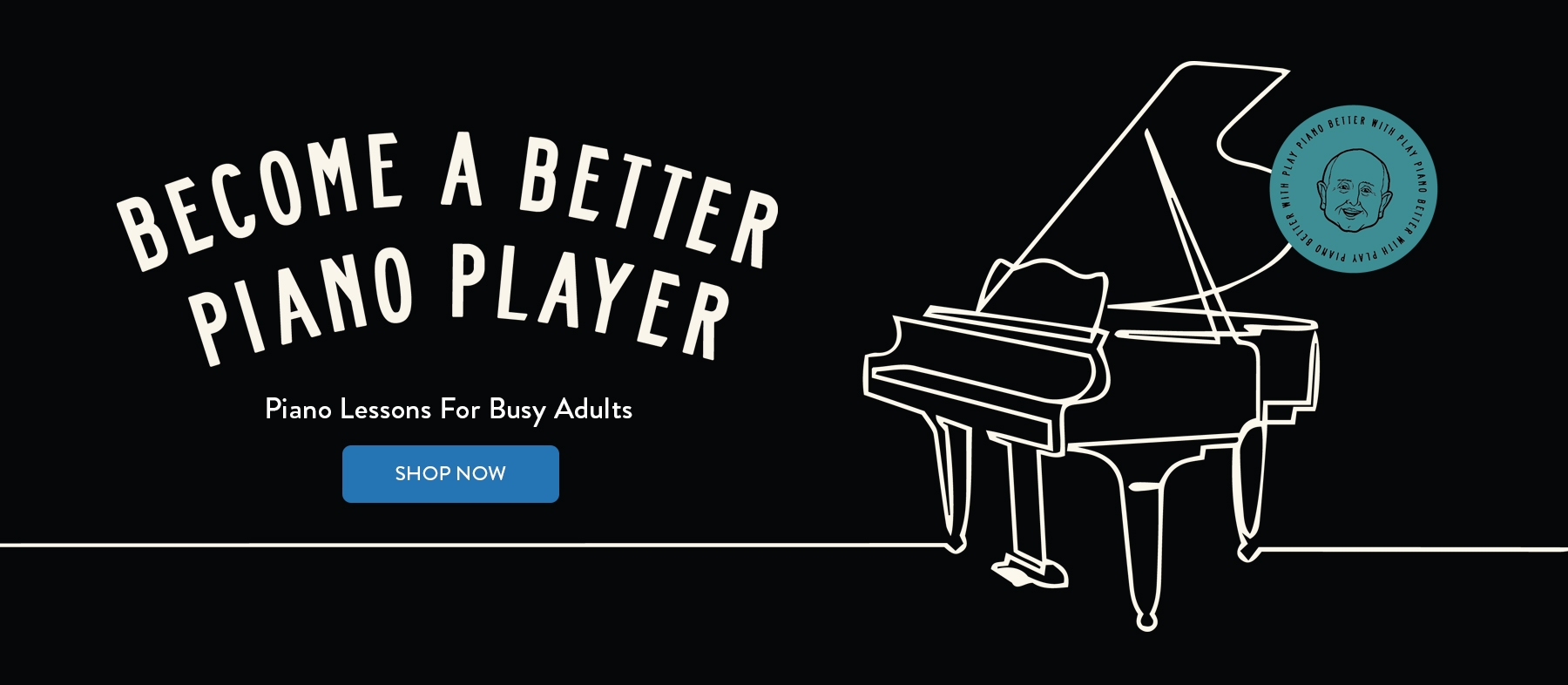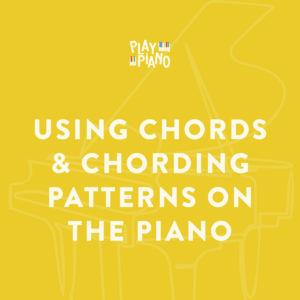Secrets of Exciting Chords & Chord Progressions: Lesson Twenty-One
Chord Progressions Part Two:
The Circle of Minor Keys
Major Keys: C F Bb Eb Ab Db Gb B E A D G
But there are also 12 minor keys in which songs can be written, so there must also be a circle of minor keys. It’s not as well known as the circle of major keys, but it works the same way. Here it is:

It works the same way as the major circle of keys, with one exception:
When figuring the 3 most likely chords in any key, you still look left and look right, but because of the fact that most songs written in the western hemisphere use the harmonic minor scale instead of the natural minor scale (which is much too involved to get into here — if you want to know about that in detail you’ll need to get a course on scales), the chord to the left is usually a MAJOR chord instead of a minor chord.
So in the key of Am, the 3 most likely chords would be Am, Dm, and E major — not E minor! There are some exceptions to that, but not many. So what we come out with is this — the most likely chords in each minor key:

So — to repeat what I said last week:
Do you see what an enormous advantage this gives you? You have a highly educated guess what chords are going to occur in the song you are playing based on the key that the song is written in. Not only that, you now know that chords like to either move up a 4th or a 5th (or down a 4th or 5th — same thing).
And so as we begin learning chord progressions, this is the first step — memorize the circle above until you can say it forward and backward and upside down and in your sleep! If I were you, I would print it out and stick it up on your piano or bathroom mirror or wherever you would see it often — it’s that important.
That’s all for this time. Next time we’ll see how you can quickly tell what key a song is in, therefore telling you in advance what chords are the most likely!
Is that important? It is huge — monumental — galactic! Don’t miss it!
Duane
If you would like to get inside Duane’s head and learn more about chords and chording patterns, then click on the product below:




